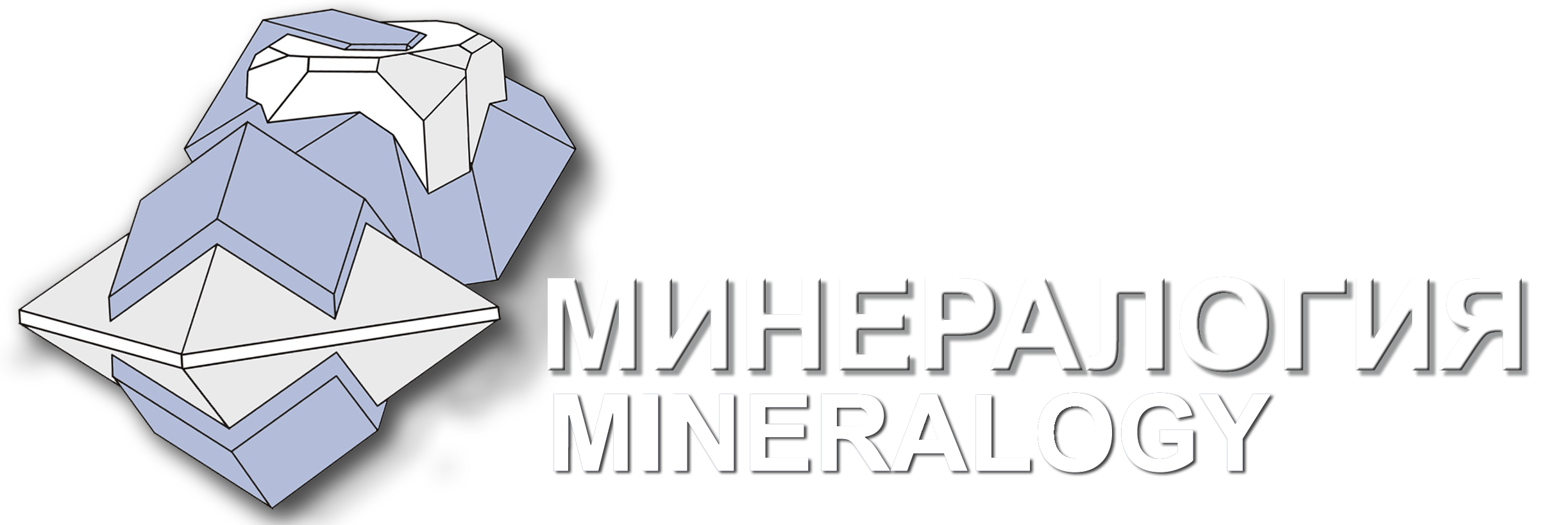Characterisation of urban airborne particulate using automated mineralogical analysis
B. Williamson
In 2013, Williamson, Rollinson and Pirrie published the first automated mineralogical/phase assessment of urban airborne PM10 and a new method for determining particle surface mineralogy (PSM) which is a major control on PM toxicity in the lung (Williamson et al., 2013). Particulate was analysed on a TEOM filter (Aug.–Sept. 2006 collection) using a QEMSCAN® automated mineralogical analysis system. A total of 381981 points of analysis were undertaken on 14525 particles in the size ranges PM10-4, PM4-2.5 and PM2.5-0.8. The method had a detection limit for individual mineral components of 0.05 ppm (by area). PM10-4 made up 94 % and 79 % of the mineral mass and surface area, respectively, whilst PM2.5-0.8 contained 2 orders of magnitude more particles than PM10-4 and PM4-2.5. PSM of the PM10 was dominated by gypsum (36 %), plagioclase (16 %), Na sulphates (8 %) and Fe-S-O phases (8 %) in the PM10-2.5, which may be important in explaining the toxicity of the coarse fraction.
Figures 2. Table 1. References 8.
Key words: urban particle, automated mineralogical analysis, toxicity.
B. Williamson, University of Exeter – Camborne School of Mines, Penryn, Cornwall, UK; Department of Mineralogy, Natural History Museum, London, UK; b.j.williamson@exeter.ac.uk
- Diociaiuti M., Balduzzi M., De Berardis B., Cattani G., Stacchini G., Ziemacki G., Marconi A., Paoletti L. The two PM2.5 (fine) and PM2.5-10 (coarse) fractions: evidence of different biological activity // Environmental Research. Sect. A. 2001. N. 86. P. 254–262.
- EPAQS. Airborne Particles: What is the appropriate measurement on which to base a standard? A discussion document. Expert Panel on Air Quality Standards, UK Department for Environment, Food & Rural Affairs: London, 2001. http://www.defra.gov.uk/environment/airquality/aqs/air_measure/index.htm.
- Gieré R., Querol X. Solid particulate matter in the atmosphere // Elements. 2010. N. 6. P. 215–222.
- Pirrie D., Butcher A.R., Power M.R., Gottlieb P., Miller G.L. Rapid quantitative mineral and mineral analysis using automated scanning electron microscopy (QemSCAN); potential applications in forensic geoscience // Geological Society London Special Publications. 2004. N. 232. P. 123–136.
- QUARG. Airborne particulate matter in the United Kingdom. Quality of Urban Air Review Group, Department of the Environment: London, 1996. V. 3.
- WHO. Tackling the global clean air challenge. New Release, 26 September 2011. http://www.who.int/mediacentre/news/releases/2011/air_pollution_20110926/en/index.html.
- Williamson B.J., Rollinson G., Pirrie D. Automated mineralogical analysis of PM10: New parameters for assessing PM toxicity // Environmental Science and Technology. 2013. N. 47. P. 5570−5577.
- Xie R.K., Seip H.M., Leinum J.R., Winje T., Xiao J.S. Chemical characterization of individual particles (PM10) from ambient air in Guiyang City, China// Science of the Total Environment. 2005. N. 343. P. 261−272.
МINERALOGY № 3 2015
